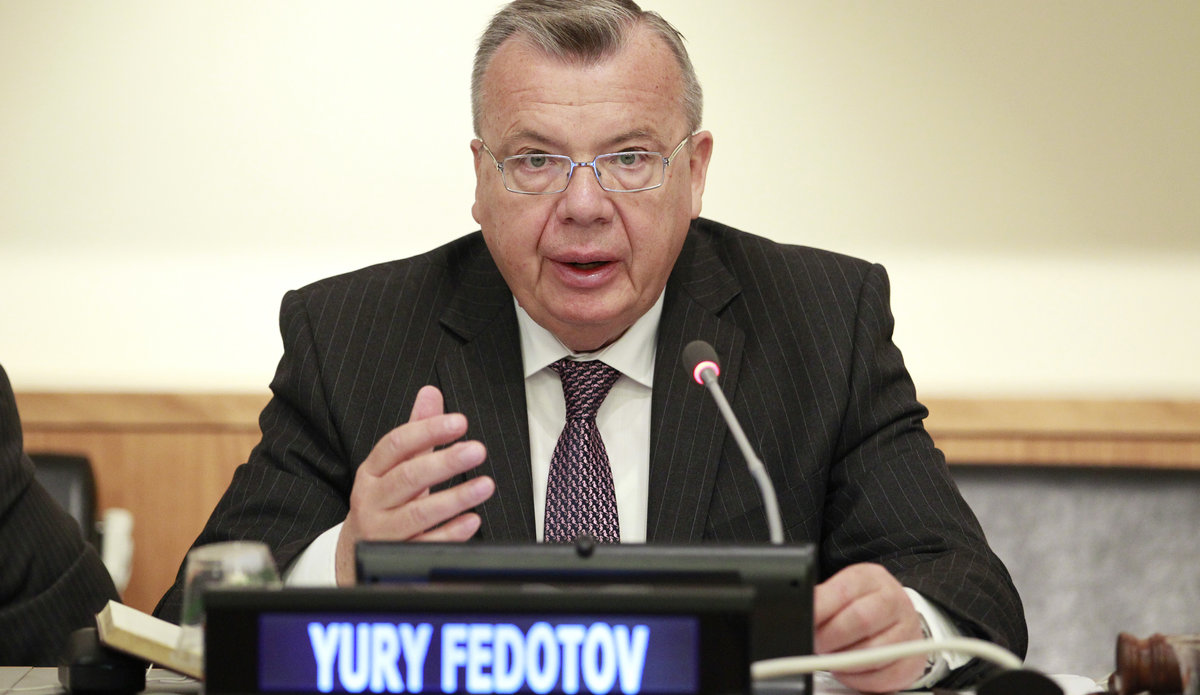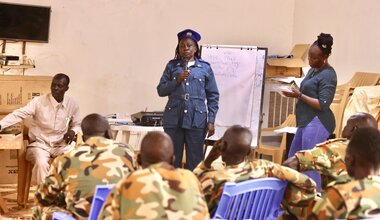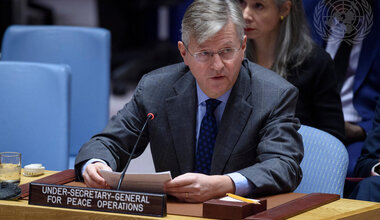From Love to Death; by Yury Fedotov, Executive Director, UN Office on Drugs and Crime
Across the world tens of thousands of women and girls are being loved to death.
Take a wide angle snapshot of these deaths and violent assaults and they become a recitation of women attacked in desperate circumstances.
Strangulations, often with everyday implements such as rolling pins and dog leads, frightening acid attacks, shootings, burnings, are just some of the ways women are murdered and scarred globally.
Despite only one in five global murders being female, the stories of their deaths are radically different to male murders. Men are most often killed by strangers.
The reverse is disastrously true for women. One of the singularly most dangerous places for a woman is the family home.
A woman’s most dangerous antagonist is not the serial killer, or the criminal opportunist, or the random murderer, but their intimate partner, or another family member.
In 2012, 43,600 women were killed by an intimate partner or a family member. This is an average of some 119 women killed globally every single day of the year or one every 12 minutes.
It follows that the story of women’s murder is not one of guns and knives in the hands of strangers, but of brutal betrayal to both marriage vows and social mores. It is the tale of how close partners turn from love to vicious murder.
Figures bear this out. Sixty per cent of homicide victims are female where the intimate partner or family member is the perpetrator. Even more disturbing, 78 per cent of all intimate partner homicide victims are female.
If this is the situation, what can be done? Last year, the world was given a target.
The target comes from the adoption of the 2030 Sustainable Development Agenda and calls for the elimination of all forms of violence against women and girls, including trafficking and sexual and other types of exploitation. Reductions in all forms of violence and related death rates are also sought.
Our work is united by a single intractable truth: despite fluctuating homicide rates, whether living north or south, east or west, the killings of women by intimate partners exists at similar levels in all the world’s regions.
In Europe, in Asia, in North America, we all have a stake in this struggle. But there needs to be a fundamental sea change in the way we view this crime.
These figures reveal a battlefield; one where the war front is also the home front—a conflict played out in the residences and private places of all our societies.
From the first responder to the judges and on to the legislators, the murders of women and girls must be taken seriously.
No allowances should be made. We cannot stand by while women and girls are murdered in places that should be safe and secure.
Gender is key. The growing recognition that there is glaring inequality will hopefully introduce more women into leading roles within our societies, but it can also help change ossified opinions and calcified perceptions.
The International Day for the Elimination of Violence Against Women is the day for saying no more to this deadly plague that tars all our societies, but we cannot stop there.
Words have to become solid deeds. Solid deeds must lead to lives saved. We are losing thousands of women and girls every year.
Each death forms part of a river of misery and suffering that flows from generation to generation. We must all strive to pass on something positive to those who follow. The lives of women and girls, indeed all lives, must be respected and cherished.
 UN
UN United Nations Peacekeeping
United Nations Peacekeeping





